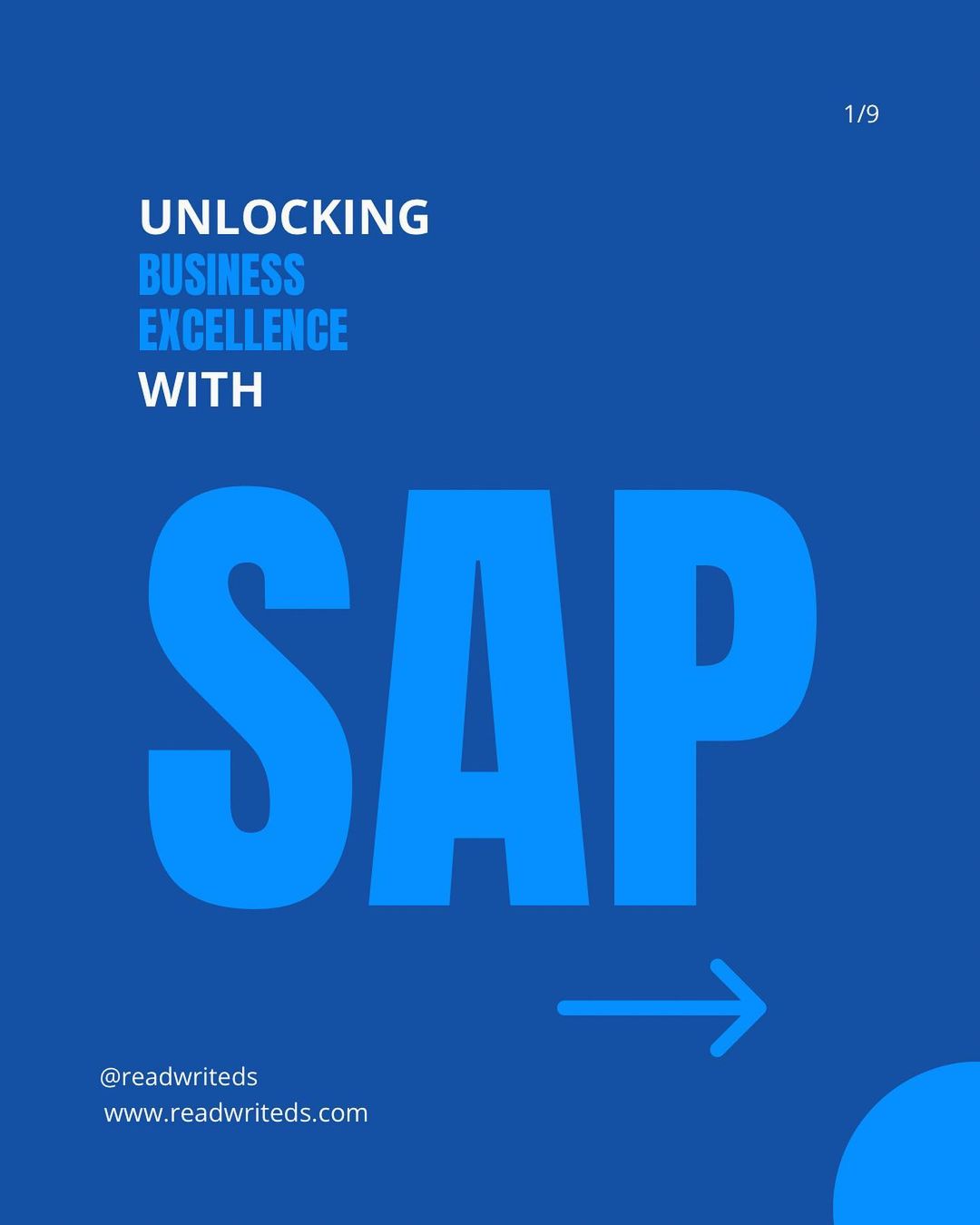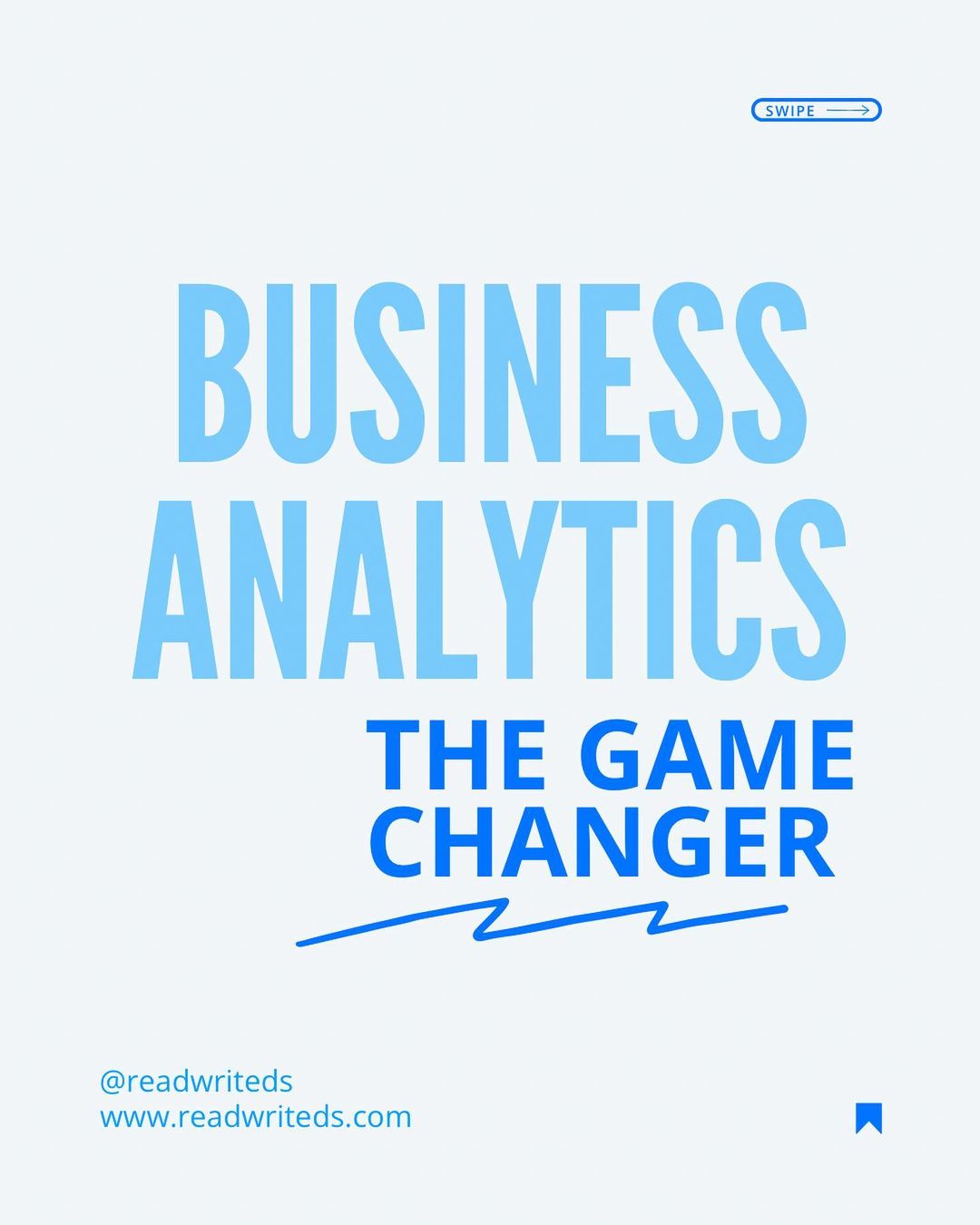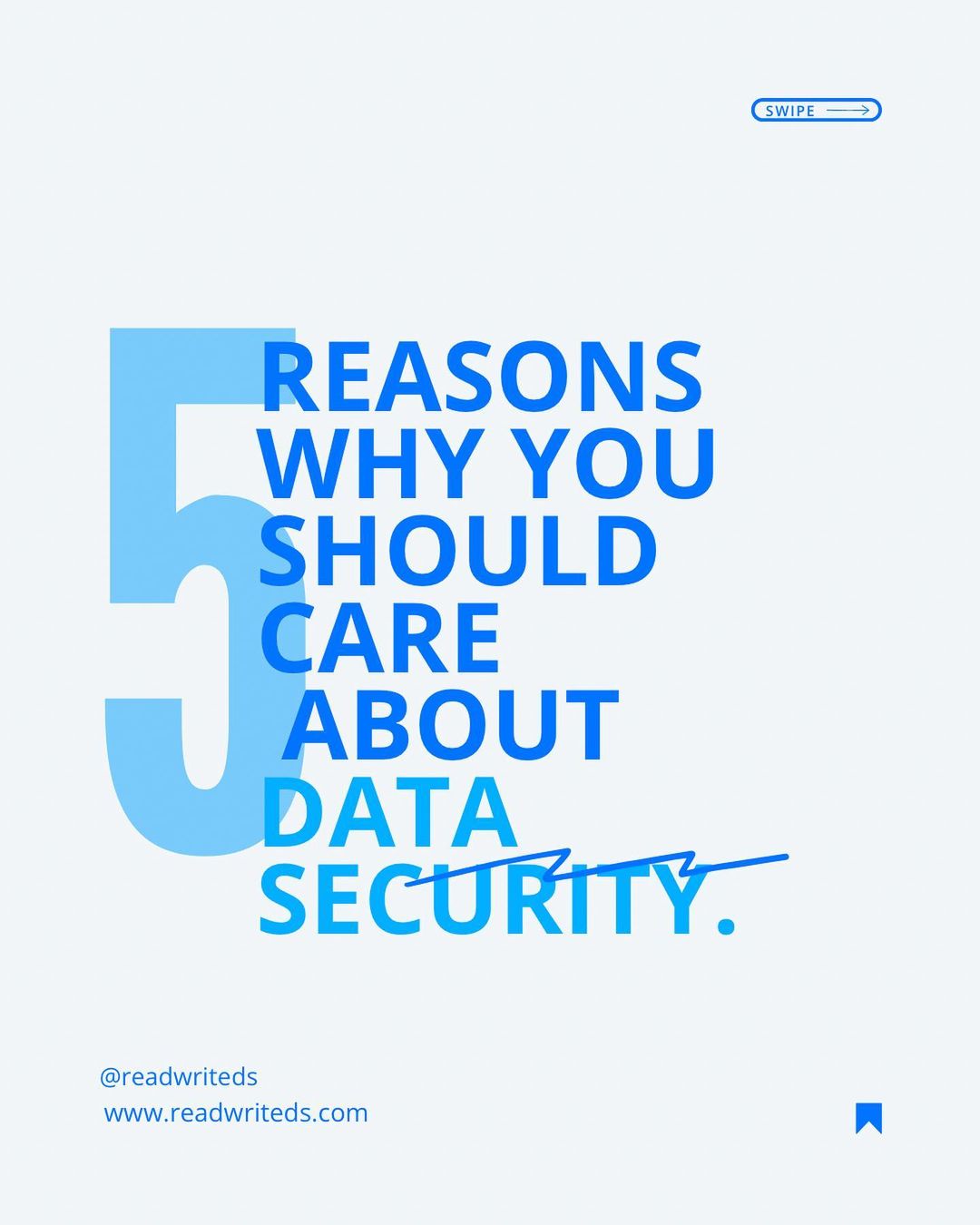“Data is the new oil, and analytics is the new engine that drives business success.”
— Bernard Marr
Demystifying Data Analytics for Beginners
Data analytics, a term once reserved for tech-savvy professionals, has become an essential tool for businesses and individuals alike. However, the concept still intimidates many. In this post, we’ll demystify data analytics, making it accessible and understandable for beginners.
What is Data Analytics?
Data analytics is the process of examining data to draw conclusions and identify patterns. It involves using various techniques and tools to extract insights from data, enabling informed decision-making.
Why is Data Analytics Important?
In today’s data-driven world, analytics plays a crucial role in:
– Understanding customer behavior
– Identifying market trends
– Optimizing business processes
– Improving product development
Key Concepts for Beginners
1. Descriptive Analytics: Analyzing historical data to understand what happened.
2. Predictive Analytics: Using data to forecast what might happen.
3. Prescriptive Analytics: Providing recommendations based on data insights.
Tools for Beginners
- Spreadsheets: Microsoft Excel or Google Sheets for basic data analysis.
- Data Visualization Tools: Tableau, Power BI, or D3.js for interactive dashboards.
- Programming Languages: Python, R, or SQL for advanced analytics.
Getting Started
1. Ask Questions: Define problems or goals you want to achieve.
2. Collect Data: Gather relevant data from various sources.
3. Analyse Data: Use tools and techniques to extract insights.
4. Act on Insights: Apply findings to improve decision-making.
Conclusion
Data analytics is no longer a mystical realm reserved for experts. With this beginner’s guide, you’ve taken the first step towards unlocking the power of data analytics. Embrace the journey, and soon you’ll be turning data into actionable insights like a pro!




